Media | Articles
Original Owner: The Camaro Z28’s Return Inspired a 22-Year-Old to Buy His First New Car
In March 1977, John Oostyen was 22, working at a local power utility, when he read a car magazine story touting the return of the Camaro Z28. Chevy had dropped the Z28 after 1974, and news of its revival was a really big deal for the car enthusiast community. Oostyen decided this would be his first new car.
At the nearest Chevy dealer, an hour’s drive from his home in southern Ontario, he met with disappointment. A salesman told him the Z28 was not yet available to order. Oostyen visited a Pontiac dealer to check out the Firebird Trans Am but decided he wasn’t keen on driving a car that was a common sight in his Maple neighborhood.
A few weeks later, Oostyen returned to the Chevy dealer to consider the Monte Carlo or Monza but, once he drove them, felt no love for either. Then, lightning struck. The salesman he’d spoken with on his first visit told Oostyen he could now order a Z28.
Sold! He immediately ordered a Z28 in Antique White with a tan cloth interior, four-speed stick, console, and AM/FM/8-track stereo. Then he waited … and waited.
“The car was going to take several weeks or a few months,” Oostyen explains, “because Chevy was only going to make about 14,000. They were being built in batches, based on the number of orders that came in, because there were so many differences from the regular Camaro.”
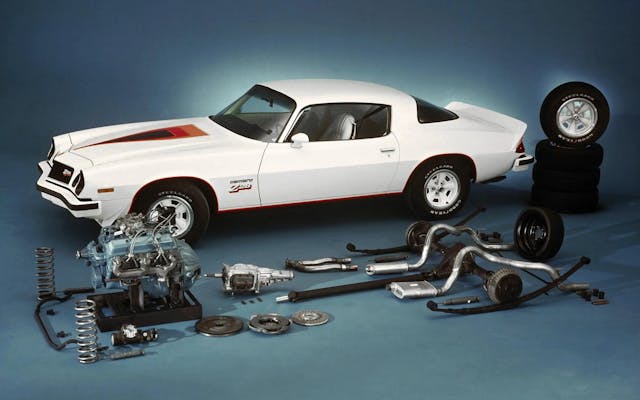
In early summer, the salesman told Oostyen his order had missed the cutoff for the first production batch. That August, he called Oostyen at his job to say a white ’77 Camaro had come in—but it was an LT, not a Z28. Oostyen kicked a trash can across the shop.
“My boss yelled at me, ‘What’s going on?!’ I told him, ‘I just got some bad news.’”
The salesman told Oostyen he could order a 1978 Z28, but Oostyen didn’t want that one. He knew it would be the same car, mechanically, but he’d seen the photos and didn’t like the restyled front and rear with urethane-covered bumpers. He got out a phone book and called about 20 Chevy dealers throughout Ontario.
Marketplace
Buy and sell classics with confidence
“I found five 1977 Z28s in dealer stock,” he recalled. A dealer in Scarborough had an Antique White Z28 with the four-speed and tan cloth interior. The car lacked the stereo and center console he had wanted but it did have air conditioning, the Positraction axle, a rear window defogger, and a tilt wheel.
Oostyen put down a deposit that night. On September 1, drove his new Z28 home. The list price was $7187 (Canadian) and, since the Z28 was in such high demand, the best Oostyen could do was $87 off. Out the door, with tax, he paid $7572 (about $7100 USD at that time, and roughly $36,900 today).

Before the first snowflakes fell, the Z28 went into a friend’s drive shed for the winter. The car would remain a spring-through-fall driver for as long as Oostyen owned it.
Z28: Rising Above the Malaise
Positioned as the road racer of the Camaro family, the original 1967–1969 Z/28 package was offered to homologate its exclusive, high-performance 302 cu-in V-8 for SCCA Trans Am competition. The resulting street model became legendary in its time, offering all-around performance that few cars of the day could match. The 1970–74, second-gen Camaro continued the Z28 package but with the high-performance 350 cu-in engine that was optional for the Corvette (LT1 for 1970–72 and L82 for ’73-74). By 1977, times had changed.
Despite today’s view of the mid-1970s as a “malaise” period for performance, reduced engine power due to emissions regulations did not deter buyers of sporty cars. GM’s second-generation F-body Camaro and Firebird were experiencing a sales boom, even in a market full of smaller (and even slower) models like the Mustang II, Toyota Celica, and Chevy Monza (plus its H-body cousins).
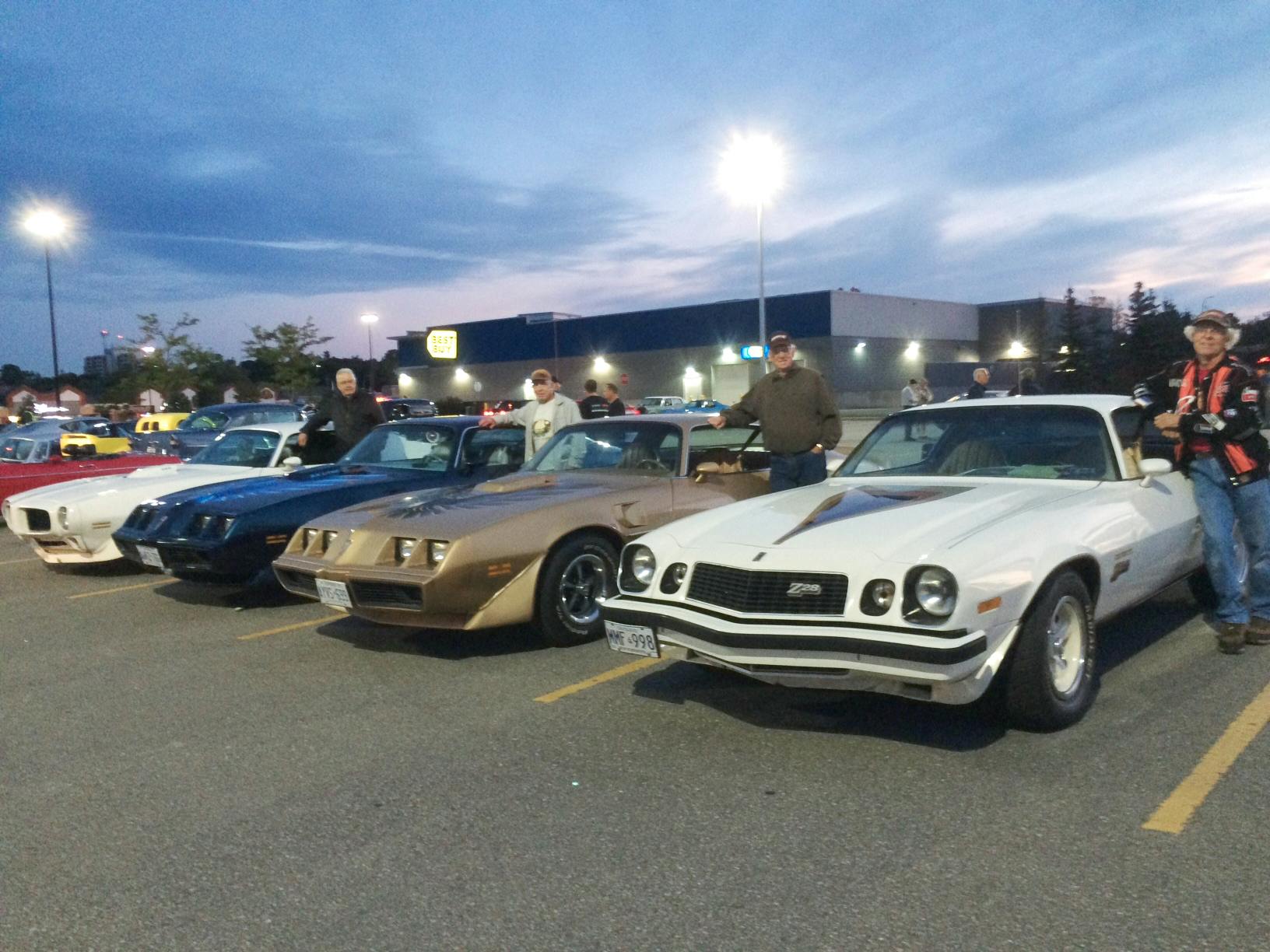
Sales of both the Camaro Z28 and Firebird Trans Am increased for the 1974 model year, despite higher gas prices following the 1973 oil embargo. The Z28 hit 13,802 units sold, the best year for the second-gen Z28 to that point. Chevy dropped the model anyway. The timing seemed poor: Chevrolet had just replaced Porsche as the sponsor and car supplier for the International Race of Champions (IROC). The switch boosted the popularity of this champion driver’s series, but Chevy had no corresponding performance model to offer customers for 1975 and 1976.
It was a different story in Pontiac dealerships. In 1976, 47,000 of the 110,000 Firebirds sold were Trans Ams, even though the standard 400 cu-in V-8 was down to 185 net horsepower and the optional 455 had just 15 more. The 1976 Camaro hit 183,000 sales and would reach almost 219,000 for 1977, its best year since 1969 and the first time it beat the Mustang. The ’77 Z28 would account for just 14,349 of those, but its share of Camaro sales would go way up from there.
Factory Basics: 1977 Camaro Z28
The Z28 returned as a separate model for 1977, rather than as an option package as it had been from 1967 to ’74. The focus of the new Z was on street style and handling. The 245-net horsepower L82 350 from the ’74 Z28 did not return for the ’77. In its place was the four-barrel LM1 350 which was optional for the regular Camaro and other Chevy passenger cars. Features included an 8.5:1 compression ratio, a Quadrajet four-barrel carburetor on a cast iron intake, and the High Energy Ignition system (HEI).

The 1977 Camaro brochure noted “Z28 decal on engine air cleaner,” but the only powertrain difference over a standard, 49-state Camaro with the LM1 was the dual exhaust leading back from a single catalytic converter. With dual resonators but no mufflers, the system emitted a bellow that was music to enthusiasts’ ears. The bark was bigger than its bite, however. Chevy rated the Z28’s engine at 185 horsepower at 4000 rpm and 280 lb-ft of torque at 2400 rpm, increases of 15 hp and 10 lb-ft over the single-exhaust version of the LM1.
That horsepower figure matched that of the standard Pontiac-built 400 in the ’77 Trans Am, but the Trans Am packed the bigger punch of 320 lb-ft of torque at 2400 rpm. And, for just $50 more, Trans Am buyers could substitute the W72 400, which had 200 horses thanks to a slightly higher compression ratio, a different cam, and tweaked ignition. (The Oldsmobile 403 four-barrel, also used as a base Trans Am engine, was rated at 185 hp and 325 lb-ft.)
Competition for the Trans Am
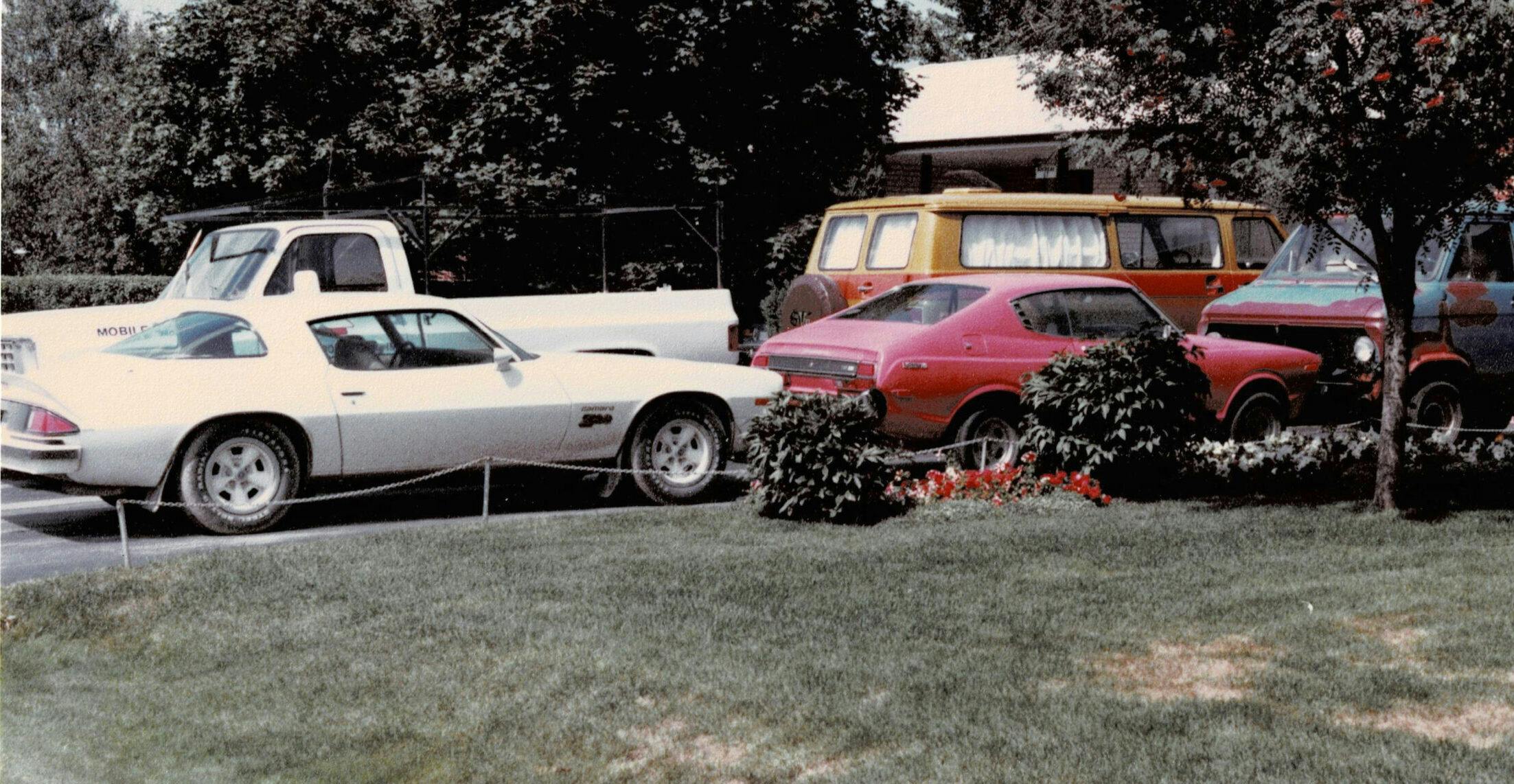
The Z28’s standard Borg-Warner Super T10 four-speed manual used a heavy-duty clutch and a 2.64 first gear. The 3.73:1 axle ratio was a surprise at a time when many cars had ratios starting with a “2” to boost fuel economy. Opting for the automatic netted a 3.42:1 ratio. (The Trans Am with four-speed came with a 3.23:1 ratio.)
Car and Driver’s April 1977 issue pitted the Z28 against a W72 Trans Am, both cars with four-speeds and curb weights of 3800 pounds, and its staff found the Z28 to be quicker. Looking at the results through a 2024 lens, the performance for both was lukewarm, to be kind. The Z28 did 0–60 in 8.6 seconds versus the Trans Am’s 9.3 and nipped the ’Bird in the quarter mile: 16.3 seconds at 83 mph versus 16.9 at 82 mph. The Z28 topped out at 105 mph, the Trans Am at 110.
Not surprisingly, that performance paled in comparison to earlier models. The 3700-pound, 1973 four-speed Z28 tested by Car and Driver with A/C and 3.42:1 axle ratio did 0–60 in 6.7 seconds, covered the quarter-mile in 15.2 at 95 mph, and topped out at 123 mph.
When Chevy Aimed for Porsche

The new Z28 met Chevy’s goal of making the Z28 an all-around performer. In that same issue of Car and Driver, Jack Turner, the Chevrolet engineer in charge of the revival of the Z28, explained:
“I wanted a road car, one that was fun to drive, like the Porsche 924. We had a Porsche 924 during the initial stages of this project, and we were really impressed with its handling. But frankly, I think this machine will run right with it.”
The earlier Z28 models were admirable handlers, but the ’77 was better. Goodyear GR70-15 steel-belted radial tires—the same as on the Corvette and Trans Am—allowed Chevy to make the suspension of the Z28 suspension even stiffer than that of the 1970–74 models, which used lower-profile F60 bias-ply tires with stiffer sidewalls. The ’77 Z28’s tires wrapped 15×7-inch styled-steel rims, painted body color.

Front springs were more than 20 percent stiffer than those on the older model, while the rear springs were nearly 30 percent stiffer. The front antiroll bar was a bit thicker than before, the rear one slightly thinner. The standard power-assisted steering gave a 13:1 ratio versus the older car’s 14.3:1. The changes transformed the car. Car and Driver said the ’77 Z28 “revealed itself as a road machine of the first rank.”
Oostyen agrees. “It wasn’t the most powerful thing in the world, but it was a great-handling car,” he said. “It was fun to drive with the four-speed, and the 3.73 rear end made it feel pretty quick.”
Restrained Styling

The cosmetic treatment of the revived Z28 was more restrained than the styling of the Trans Am. For the ’77, body-color aluminum bumpers and side mirrors, black grille and exterior trim, front-fender “Z28” decals, and standard front and rear spoilers did the job nicely. The multi-color hood decal was intended to mimic a scoop. It seemed a bit tacky but previewed the non-functional, NACA-style scoop that would adorn the 1978 Z28.
Life with the Z28
Oostyen used his Z28 as a spring-through-fall car for 23 years and, for some of that, as a daily driver. At one point, a new job included a company car and out-of-town travel, so the Camaro was reserved for fun drives.
“I always had winter vehicles, mostly trucks,” Oostyen said. “I would get the Z28 oil-sprayed with rust preventive in the fall and store the car in my garage for the winter.”
Oostyen’s Z28 ventured out of Ontario, including a road trip to California in the summer of 1978 with his future brother-in-law. A transmission leak along the way did not stop the fun.

“It would spray back and on to the exhaust and leave a cloud of smoke and a burning-oil smell whenever we slowed or came to a stop,” Oostyen said. “We stopped at a service garage and had it put on the lift. The leak appeared to be coming from the side-shifting seals. We topped up the oil and continued driving. In the next state, we had the leak repaired at a Chevy dealer. Because the car was from Canada, the repair was not covered on the warranty, but when I returned to Ontario, the Chevy dealer there reimbursed me for the cost.”
The Camaro still has all its original sheetmetal, though it is not without repairs. Oostyen recalls one unfortunate incident:
“In summer 1981, driving home from work, I was in the right lane going around 30 mph. Traffic was heavy. It had rained earlier, and the road was still wet. Suddenly, the truck in front of me changed to the left lane, cutting off a school bus. And there in front of me was a stalled car. I started to brake but realized I didn’t have enough room to stop. I tried to squeeze between the bus and the stalled car, hoping the bus driver would see me and move to the left. I hit the side step and front tire on the bus but missed the stalled car. The Camaro’s driver side front fender and rear quarter were dented. Both were repaired, and the whole driver’s side was repainted.”
Fun on the Track

In 2004, Oostyen hit the track with his Z28 for the first time.
“I got involved with an F-body car club in the U.S. with two friends from Ontario who had Trans Ams,” he said. “The club would rent a private track in Indianapolis or Memphis for three days. I drove the Z28 there and did the road course and autocross, but not the drag racing.”
To prep the Z28, Oostyen replaced the rubber body mounts and rubber parts of the front and rear suspension with polyurethane. He also upgraded the brakes with better pads and shoes and replaced the tires. Not wanting to keep beating on his then 27-year-old Z28, Oostyen bought a non-running 1978 barn-find Camaro in an auction. He gave it a built-up 350 and four-speed transmission, plus a new suspension and rear axle. It’s a track-only car that he trailers to club events.
Z28 Memories

Hagerty: Do you still drive the Z28?
Oostyen: I retired in 2006. For the next few years, I did some summer work out of the province, so the Z28 didn’t get a lot of use. But I still drove in the summers.
Hagerty: What are some of your best memories with the car?
Oostyen: The California trip was a big highlight. And, at one point, I had a trailer hitch on it and pulled my dad’s boat to go fishing. I also used to take the car camping.
Hagerty: How is the car driving at 47 years old?
Oostyen: It’s still great to drive. It’s a tight-handling car. I’ve got 99,000 miles. The original resonators and tailpipes finally went two years ago, at about 98,000 miles. I replaced those, but the rest of the exhaust is original.
Hagerty: Has the car needed other work?
Oostyen: I’ve replaced the water pump, alternator, and wiper motor, plus normal wear items. I haven’t even had the carburetor off. In 1985, I replaced the broken clutch and pressure plate with a performance clutch, but it didn’t work well, so the next year I again replaced it with a stock heavy-duty unit.
Hagerty: Did you ever think of modifying the powertrain?
Oostyen: No, I wanted to keep it original. I have the ’78 to play with, plus a couple of Fieros. I’m hot-rodding an ’88 Fiero now. I put a supercharged Buick 3.8-liter V-6 in it.
Hagerty: The ’77 Z28 was uncommon. Do people at car shows seem to know it today?
Oostyen: Some will come up and say, ‘I remember’ or ‘I used to have one like that.’ You don’t see too many ’77s or other second-gen Camaros here, because most of them rusted out.
Hagerty: Ever get offers to buy it?
Oostyen: I don’t plan to sell the Z28, but my daughter, who’s 34, said she would buy it if I did.
—
Car: 1977 Chevrolet Camaro Z28
Owner: John Oostyen
Home: Mono, Ontario, Canada
Delivery date: September 1, 1977
Miles on car: 99,000
—
Are you the original owner of a classic car, or do you know someone who is? Send us a photo and a bit of background to tips@hagerty.com with ORIGINAL OWNER in the subject line—you might get featured in our next installment!


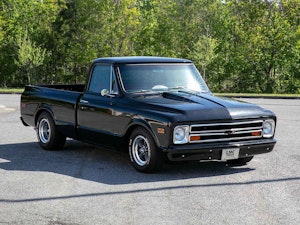


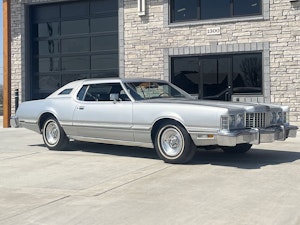


















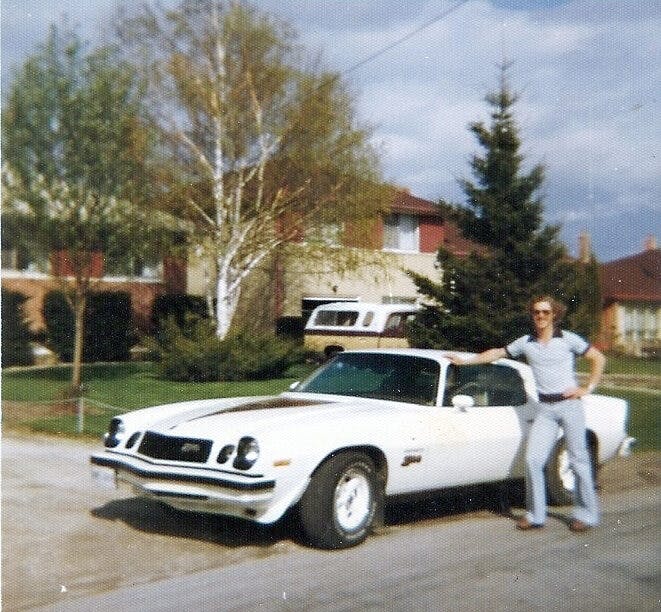

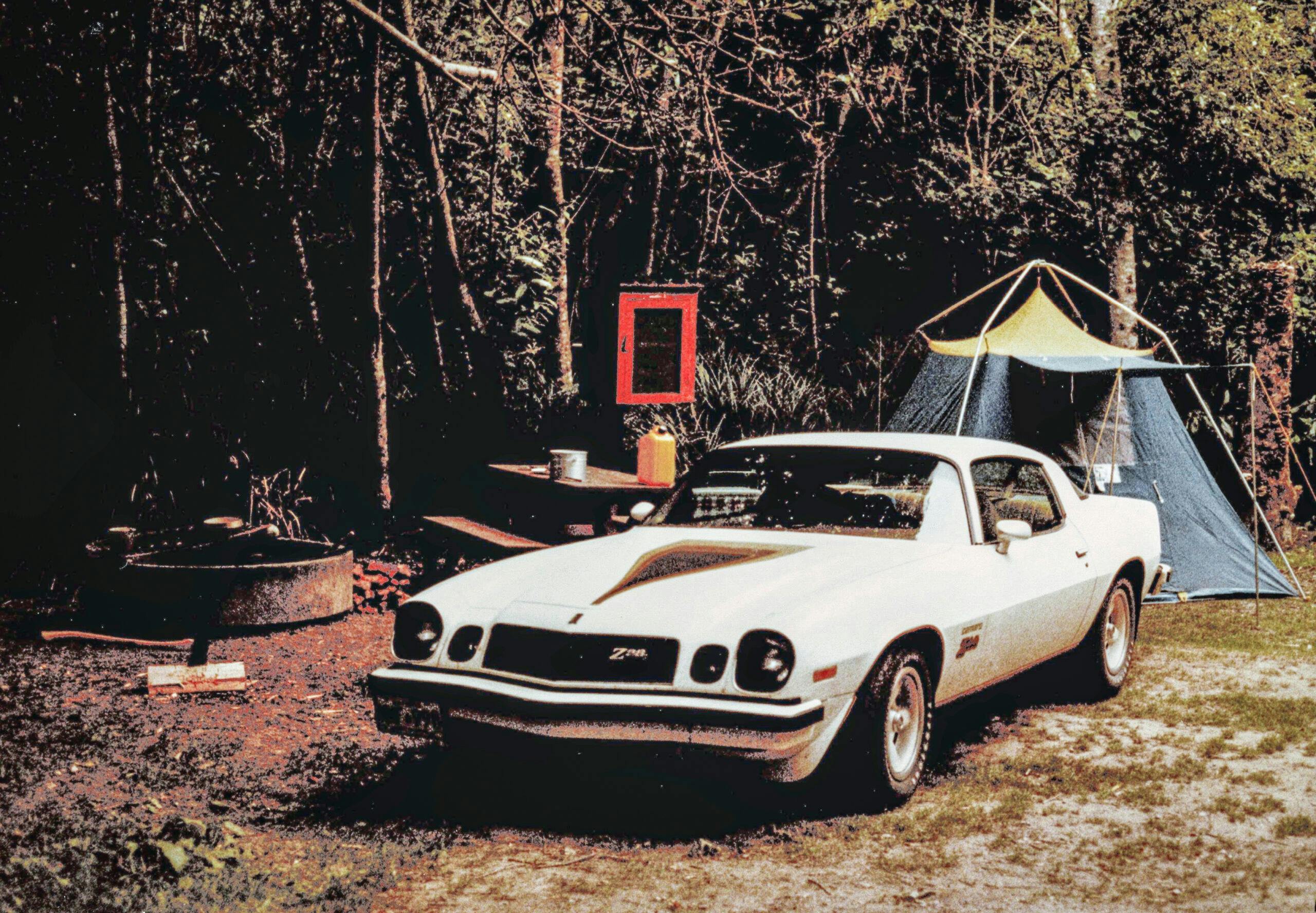
It’s a good looking car. Great candidate for handling mods like the owner has done.
I bought a 1974 Z/28 new at age 19, I was told by the dealer it was the last one available from GM Canada. I only had it for 3 months and it was stolen from my parents driveway. I replaced it with the insurance money with a 74 Corvette. I had the vette for 13 years. I found out 25 years later my Z had been stolen by a guy who raced a dirt car at a local track. He stripped it , used the drivetrain in his race car, and dumped the remains into the Trent Canal . I attended races at that many times and saw him racing. I heard a few years ago he died of cancer.
Karma.
I bought my first new car in 1977. After my dad (GM at a Chevrolet dealer) talked me out of a ‘75 Corvette, for insurance reasons (I was 23), I turned to the Z28. He convinced me that the Z wouldn’t be any better, and I bought a Camaro RS/LT instead.
I camped in mine, too, at times, sleeping in the back seat. I was way more flexible then!
I had the LT 305 2 bbl carb that he didn’t want. Ha, it was a great car. Had a lot of fun with it. Change the card to a 4 bbl with an Edelbrook manifold and a B&M shift kit in the TurboHydromatic 350 tranny aloud me to chirp the wheels. Oh, how cool was I.
Great story. The 1977 Z28 is a very unique car. A NASA executive bought one new in 1977, silver, 4 speed, and drove it for about 20 years. These should always hold their value. Just keep driving it and don’t save it for the next owner.
A great story with a long owner history. Keep driving.
Great story of an enthusiast who kept a beautiful car maintained and enjoyed every mile! Well done, John!!
I really like the white on this Z. When I was in high school from 84 to 88, it seemed there were tons of this body style around and most of them were black. Great story, and always cool to see a 1 owner car and its history. Every car has a story.
Great story! Personally, I would have happily waited for a 1978, with its better-looking bumpers, and “real” hood scoop, but to each his own! I hope he keeps driving that baby!
The ’78 is better looking in my opinion, but I have a ’77. I needed a cheap beater “muscle car” to drive until my 1991 Camaro is restored to my liking (a car I had throughout college). Hardly a collector car for most, but I’m in my 30’s and was the only person driving around in a third gen in the mid-2000’s.